I am trying to recreate the results of the paper published in IEEE Transactions on Microwave Theory and Techniques.
In that paper, it is said that for a pure resistor the frequency ratio is 3 i.e. \$f_1\$ and \$f_2 = hf_1\$, \$f_1\$ is the centre frequency, and \$h = 3\$ is the frequency ratio of the power divider. Can you explain why it is so?
Paper: Analytical Design Method of Multiway Dual-Band Planar Power Dividers With Arbitrary Power Division
It is also interesting that three kinds of isolation structures (the parallel RLC, the pure resistor R, and the series RLC) should be chosen according to the centre frequency-ratio of the designed dual band for the PDCell. Note that the pure resistor R is only used when the frequency ratio equals three. In fact, this special case is the traditional two-way single band unequal Wilkinson power divider [14].

